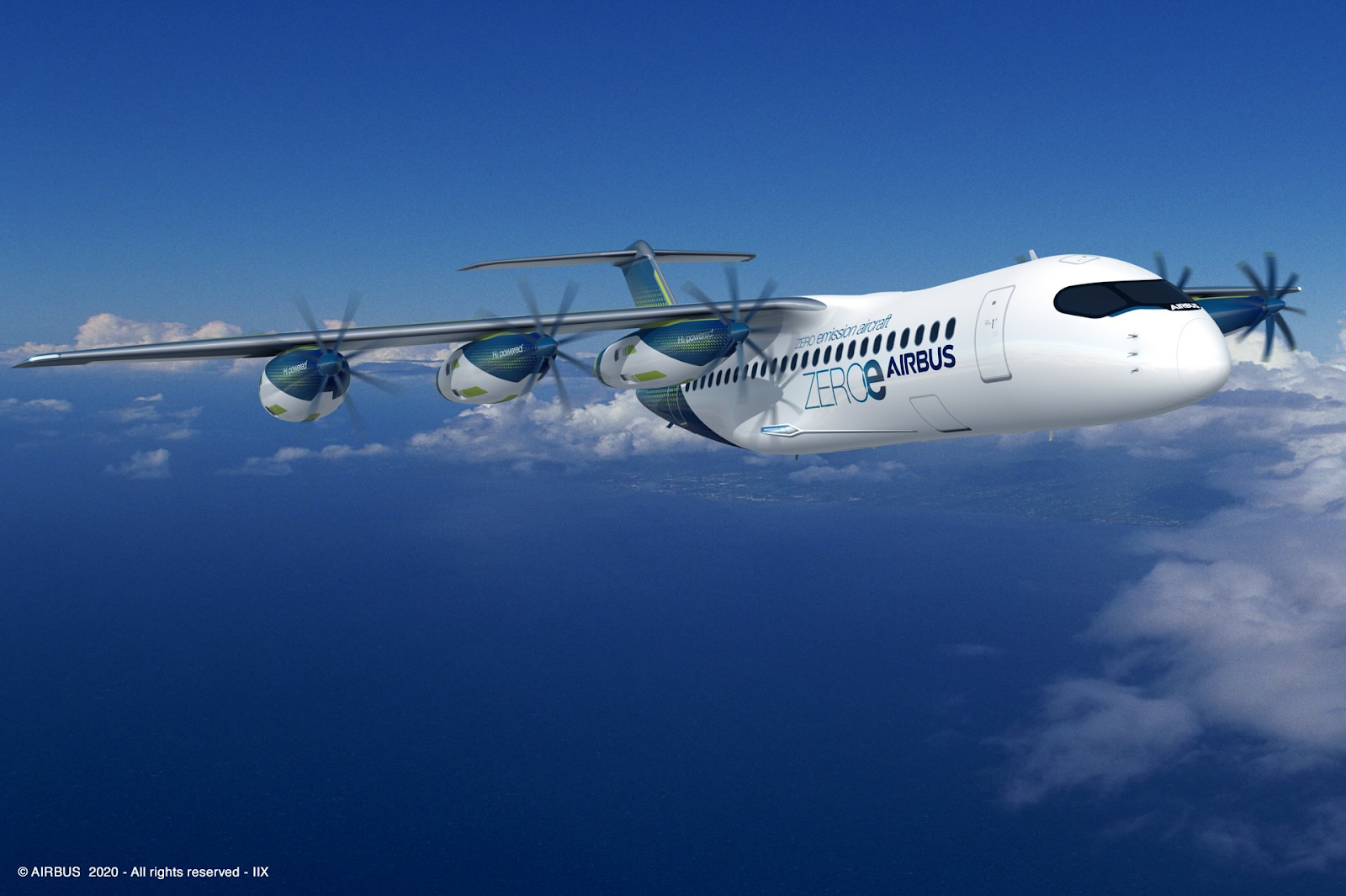F1 cars are required to move much faster than ordinary cars. To do this, changes are made to the structures of F1 cars. This also applies to other racing cars but here we’ll talk more about F1 cars as their structures are unique. The whole game is all up to how we can improve the aerodynamics of the car.
Two key components that play a big role in aerodynamics are drag and downforce. Drag is the amount of air resistance and airflow, and how it affects car performance. Downforce is how the car sticks to the floor, and the gravity acting on it.
If you reduce the drag of the car, it will go faster on the straights of the circuit. F1 cars are designed with the smallest possible frontal area to minimise drag (friction). This makes the body of the car more streamlined and allows it to cut through air faster. If you can use the shape of the car to generate some downward pressure (downforce) onto the tires, then the car will go faster around the corners of the circuit. Every F1 car is fitted with a variety of wings, splitters and diffusers, which direct air over and around the car in a controlled and uniform manner. They work on fundamentally the same principles as an aeroplane wing, except in reverse, pushing the car down on to the track to maximise tyre traction, particularly when cornering. Formula 1 cars use wing elements to generate down-force, however Aircrafts use their wing elements to generate lift. By flipping the front and rear wings upside down, it will apply pressure downwards keeping the car pushed towards the ground. The faster the wind moving over the wings, the more downforce pressure gets applied.
Each season, the motorsport governing body, the FIA, issues technical regulations with intricate details on car design, from width and height to thickness and weight. This means all racing teams have to design a new car each year to match the rules. This also means that the teams have to come up with new ideas for improving aerodynamics. Even the slightest of changes can improve lap times and allow the car to go faster than the other cars. Examples include car width, tire size, wing dimensions etc.
F1 teams use two main tools for aerodynamic research and development - wind tunnels and a computer analysis system known as computational fluid dynamics (CFD). CFDs allow teams to render virtual models of the actual car. With these virtual models they can test how fast the car can go and how to optimise each and every part of the car so that it improves the overall aerodynamics of the car. A wind tunnel is a tool used in aerodynamic research to study the effects of air moving past solid objects. It consists of a closed tubular passage with the car to be tested mounted in the middle. A powerful fan system moves air past the car. In CFD, the same experiment ( wind tunnel ) may be conducted in the form of a computer simulation.





